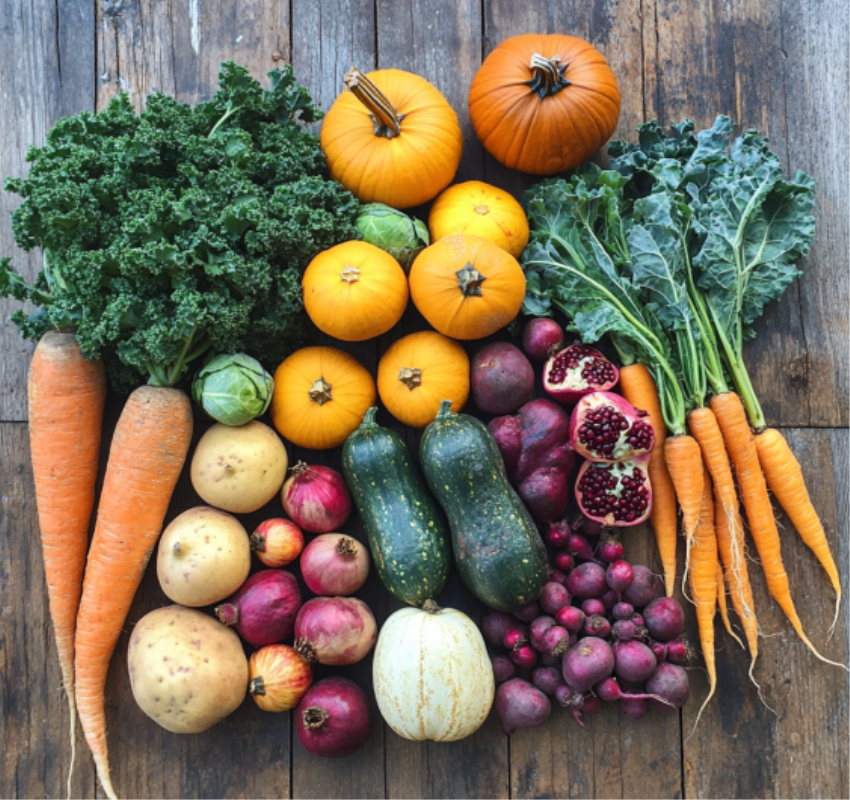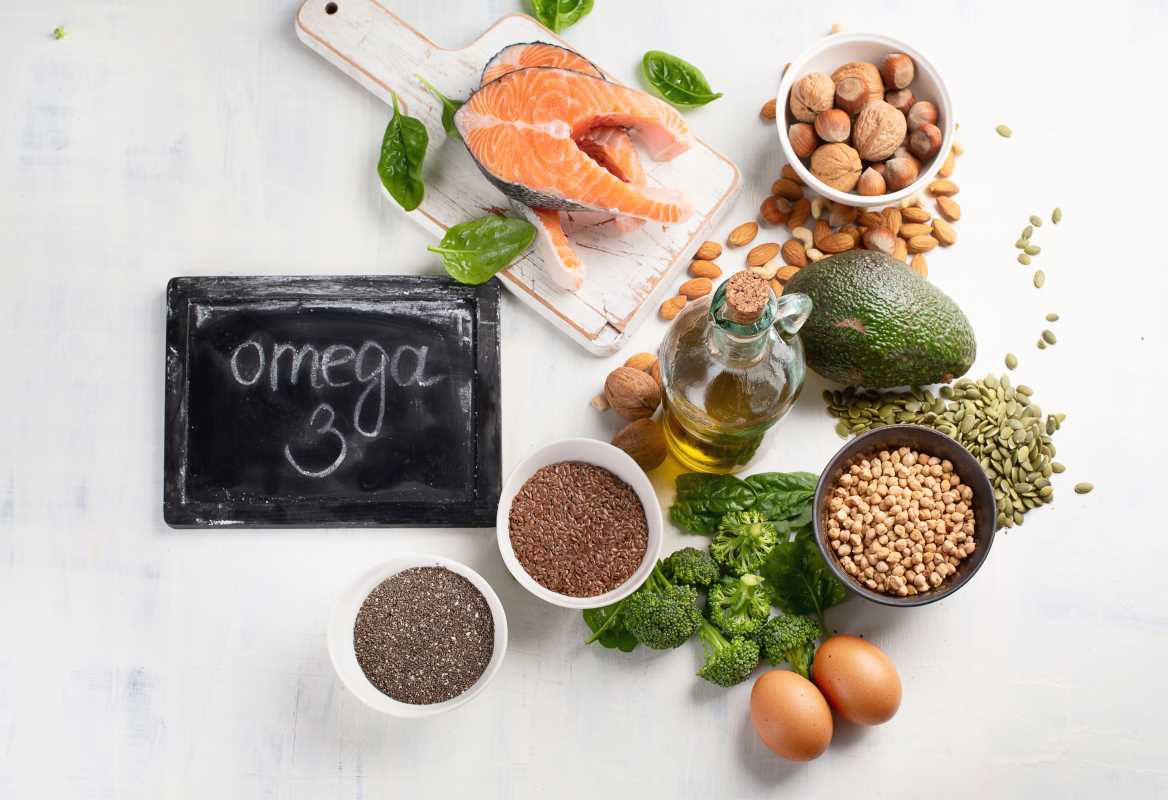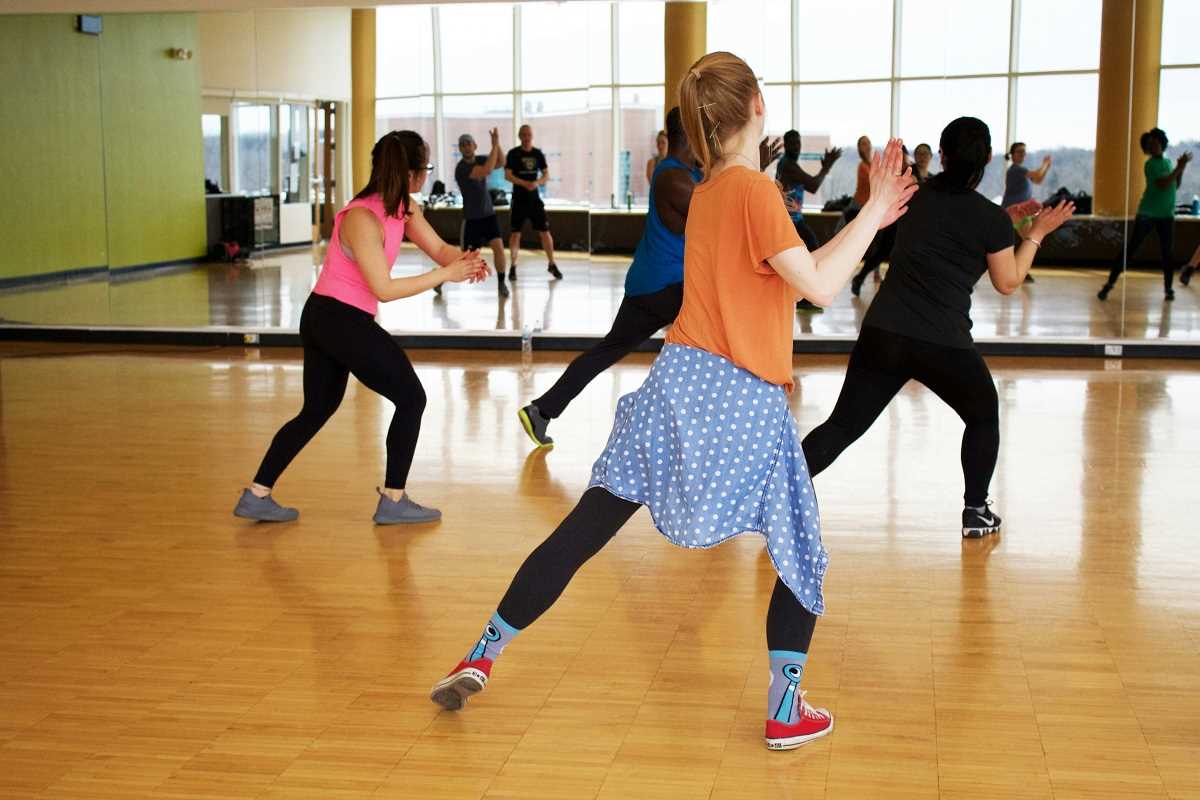When aiming for long-term muscle growth, diet plays a critical role in fueling workouts, repairing tissues, and building lean muscle. The vegan and paleo diets are two popular approaches that differ significantly in their philosophies and food choices. But how do they stack up when it comes to supporting muscle growth? This article breaks down the nutritional aspects, benefits, and challenges of each diet, helping you decide which may align better with your fitness goals.
Overview of the Vegan Diet for Muscle Growth
The vegan diet excludes all animal-derived products, focusing on plant-based foods like fruits, vegetables, grains, legumes, nuts, and seeds. Its emphasis on whole, nutrient-dense foods can support muscle growth, but careful planning is essential.
Protein Sources and Amino Acid Profile
Protein is a major concern for muscle gain, and this is one of the main challenges of a vegan diet. While animal products are complete proteins (containing all nine essential amino acids), not all plant-based protein sources are. However, combining foods like beans and rice or quinoa and lentils can provide a complete amino acid profile.
Vegan athletes typically rely on:
- Legumes (lentils, chickpeas, black beans)
- Soy-based products (tofu, tempeh, edamame)
- Whole grains (quinoa, farro, oats)
- Nuts, seeds, and their butters
- Plant-based protein powders (pea, hemp, or rice protein)
By consuming a variety of plant proteins throughout the day, vegans can meet their amino acid needs and support muscle repair and growth.
Macronutrient Balance
The vegan diet is often high in carbohydrates due to the reliance on grains and legumes, which makes it excellent for providing energy for workouts. However, fat intake may vary depending on food choices. For muscle growth, proper calorie consumption is key, and calorie-dense plant-based fats like avocado, nuts, and olive oil can help vegan athletes meet their energy needs.
Benefits
- High in fiber and antioxidants: Promotes overall health and recovery.
- Lower in saturated fats: May benefit cardiovascular health.
- Environmentally friendly: Aligns with sustainability values.
Challenges
- Risk of nutrient deficiencies: Vitamins like B12, D, iron, and zinc, which are less abundant in plant foods, might require supplementation.
- Protein planning: Requires mindful meal prep to reach adequate protein and amino acid levels.
Overview of the Paleo Diet for Muscle Growth
The paleo diet emphasizes whole, unprocessed foods that humans might have consumed during the Paleolithic era. It involves plenty of animal protein, fruits, vegetables, nuts, and seeds while avoiding grains, legumes, dairy, and processed foods.
Protein Sources and Amino Acid Profile
The paleo diet shines in terms of high-quality protein options. These proteins are naturally complete, offering all nine essential amino acids crucial for muscle repair and synthesis. Paleo enthusiasts get their protein from sources like:
- Grass-fed meats (beef, lamb)
- Poultry (chicken, turkey)
- Fish and seafood
- Eggs
- Nuts and seeds
Since amino acid requirements for muscle building are easily met with these animal-based proteins, the paleo diet tends to simplify the task of hitting protein intake targets.
Macronutrient Balance
Paleo emphasizes moderate-to-high protein, moderate fat, and lower carbohydrates, as grains and refined sugars are excluded. The reliance on sweet potatoes, fruits, and vegetables as carbohydrate sources can make meeting high calorie demands for muscle growth slightly challenging, especially for athletes with high energy expenditure.
Benefits
- Nutrient density: A focus on whole foods ensures ample vitamins, minerals, and healthy fats.
- Anti-inflammatory potential: Omega-3-rich foods like fatty fish reduce inflammation, which supports recovery.
- No reliance on processed food: Promotes healthier eating habits.
Challenges
- Restrictive nature: Eliminating grains, legumes, and dairy may limit dietary diversity and convenience.
- Cost: High-quality animal proteins can be expensive.
- Sustainability: High consumption of animal products has environmental implications.
Which Diet Is Better for Muscle Growth?
Protein Considerations
Both diets can provide enough protein for muscle growth when properly planned, but paleo has the edge in protein simplicity. Eating animal-based proteins eliminates the need for careful amino acid pairing, while vegans must focus on variety and supplementation. However, plant-based protein powders can also simplify things for vegans.
Energy and Macronutrients
The vegan diet’s naturally higher carbohydrate content can be advantageous for intense training, as carbs are the body’s primary source of energy. Paleo’s lower carb intake can be limiting, although this depends on individual needs and carbohydrate tolerance. Athletes on paleo often rely on fruits and starchy vegetables to fuel workouts.
Nutritional Density and Health Impact
Both diets emphasize whole, unprocessed foods, which is beneficial for long-term health. Veganism is rich in fiber and antioxidants, promoting gut health and recovery. Paleo focuses on nutrient-dense foods like eggs, fish, and greens, which provide essential micronutrients for athletes. Both diets may require careful planning to avoid deficiencies—B12 for vegans and calcium for paleo adherents (if dairy is excluded).
Tailoring for Individual Goals
Ultimately, the best diet for muscle growth depends on your personal preferences, ethical beliefs, and health considerations. Vegans can achieve impressive muscle growth with careful protein planning and adequate calorie intake. Paleo is highly convenient for those who prefer animal proteins and a lower-carb approach but may pose challenges in maintaining variety.
Both vegan and paleo diets can support long-term muscle growth with proper planning and execution. If you are committed to a plant-based lifestyle, focus on combining plant proteins and consider supplementation for nutrients like B12. If paleo aligns with your eating style, aim to include a variety of nutrient-dense foods and sufficient carbohydrates to fuel your workouts. The key is to choose the approach that complements your fitness goals, values, and lifestyle while keeping your body nourished and strong.
 (Image via
(Image via





